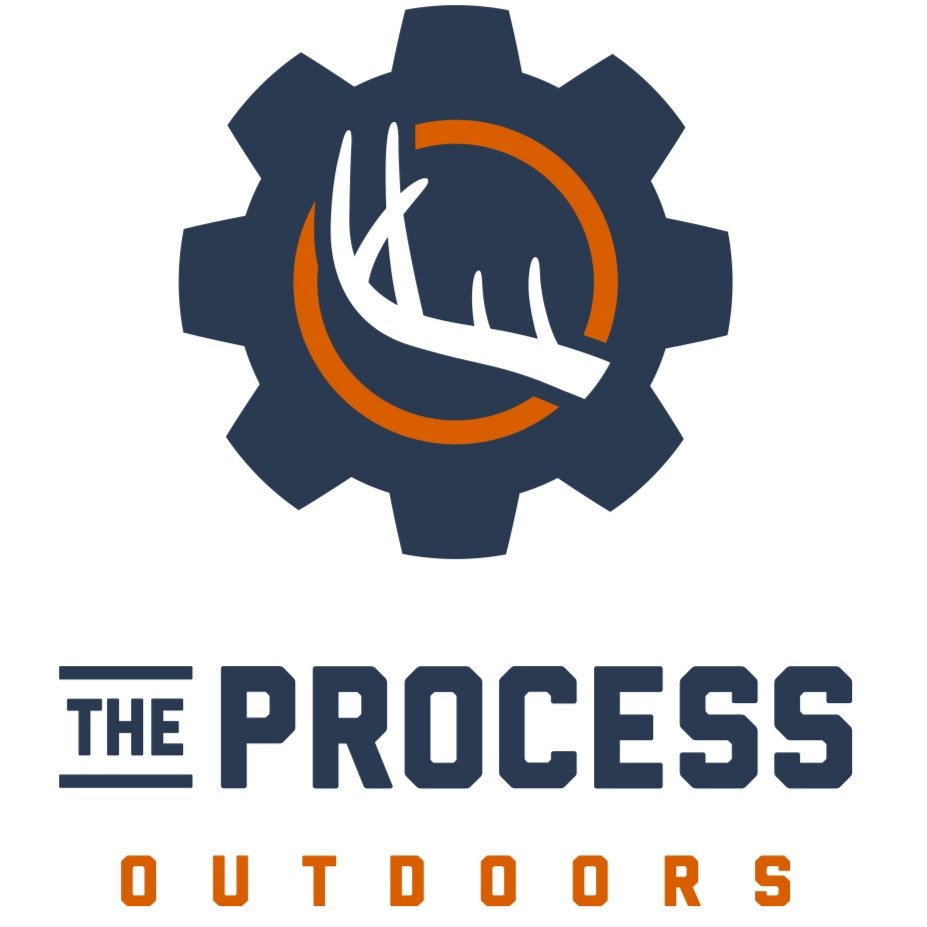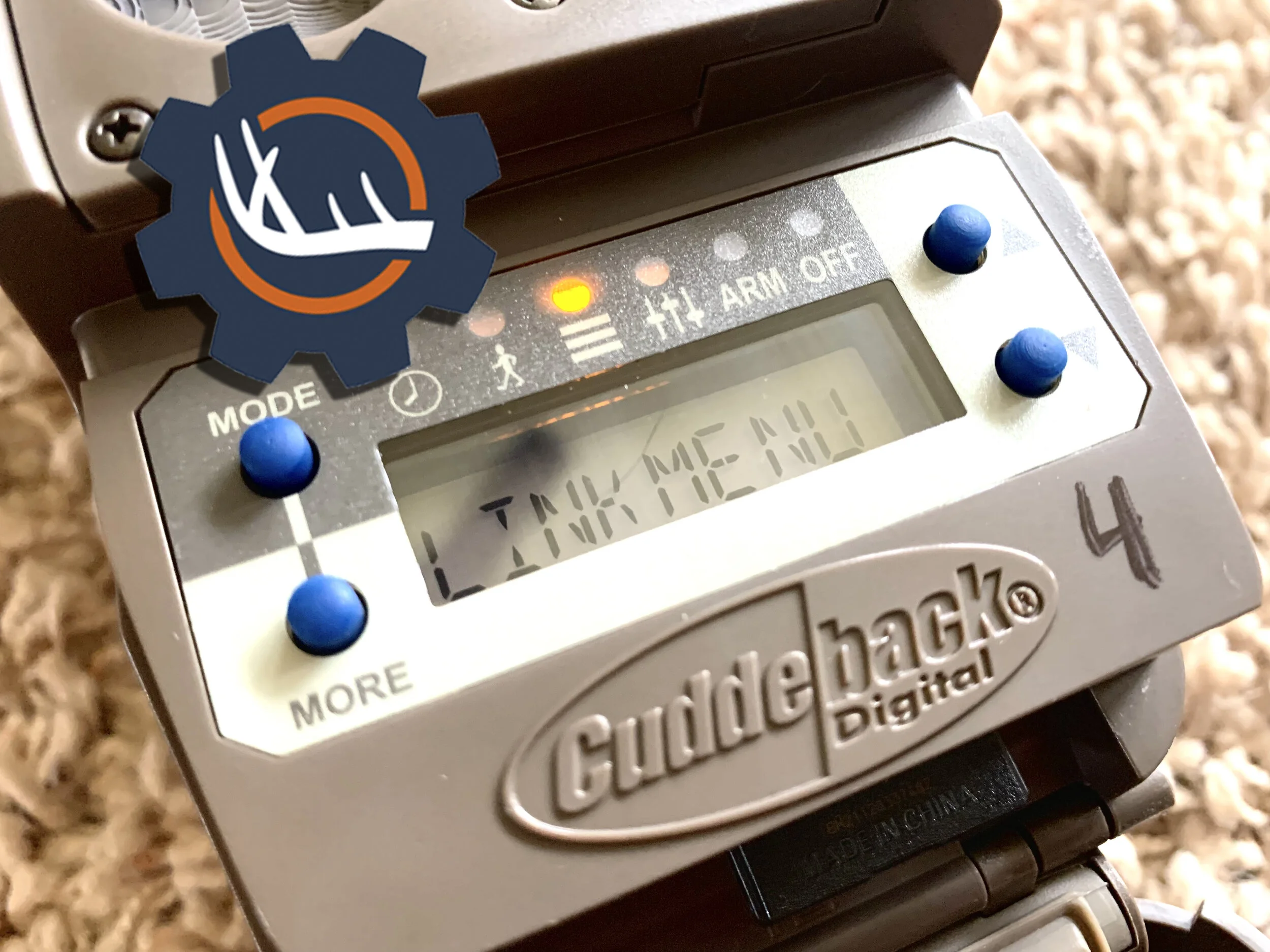Mock Scrape 101
Mock scrapes are quite the buzz phrase in the hunting industry right now. It is for good reason too. They work! Their power is undeniable and I have a pile of trail cam pictures to prove it. If you don’t have plans this year to get out in the month of August or early September and put down some mock scrapes you are truly missing out on a key strategic lever you should be pulling. That being said, before we head into the meat and potatoes of the “how” for this article, I want to define exactly, in my eyes, what a mock scrape is and it’s use.
Mock scrapes are a scrape that you the hunter creates. Simply put, you are tearing up the ground under a licking branch or an overhanging branch to entice a whitetail into a particular spot. The reason for this is whitetails use scrapes as a communication hub. They paw up the dirt and pee in the scrape to leave their scent, but more importantly, as we will get to in a bit, they rub the over hanging branch on their forehead area dispersing scent from their orbital glands onto the branch. We cannot smell the orbital gland scent like we can their tarsal glands. You can rest assure though the whitetail’s keen nose knows it’s there. History has show they cannot resist but to wander over and give it a sniff when they see the big patch of bare dirt.
A recent mock scrape created. Along a trail in bedding area with previous year’s rubs on the tree.
These social stops along their route can be used for many things to a hunter, but for me the main reason I use this tool in my toolbox is to collect data. They act as a mechanism to pull that big bruiser off of his current path, or maybe to alter it ever so slightly to come and check out the scrape to the point where my trail cams can get a shot. The data that can be collected over these whitetail magnets goes well beyond the picture itself though. With a single picture one can deduce several presumptions that could give you, the hunter just the edge you are looking for come deer season.
Was he there in the morning or evening? Which direction was he going? What was the wind like at that time in the area? Was he going to or coming from suspected bedding or food? What time of day was he there, could he be bedded close by? Questions like these are literally what keeps me up at night, but more importantly. They are what makes deer hunting so much fun. To have that fun though, you need the trail cam picture. From my experience, a darn good way to get that picture is with a mock scrape.
A picture of a buck we call “Trip” that I have been hunting for two years now working a mock scrape.
The remainder of this article I will take you through what I feel are the three key components to creating the perfect mock scrape to best increase your success come deer season. Those component are:
1. Location, location, location
2. Visual clues with a cherry on top
3. Hard earned rewards
Location, Location, Location:
As with most things in the whitetail woods, location can literally make or break your hunt, your plans, or even your spirits. Case in point, there is nothing worse than picking the wrong stand and watching that bruiser cruise by the spot you had also pondered sitting. I know from experience as I am sure many of you have as well. Mock scrapes are no different. You can’t walk onto a property and put one down under the first overhanging tree branch you see expecting to get a 150” buck taking a pee on camera. For this to work, you have to at least be in the game. Meaning you have to be close to where the deer are already traveling. Preferably within an area with, or historically with a lot of signs. No perfectly assembled mock scrape has the power to pull a buck across a 40 acre field by itself just to offer him a sniff.
Personally, my favorite locations for a mock scrape are spots where I have scouted and observed scrapes from the previous year. I have seen plenty of examples where bucks will then adopt that mock scrape into a full-blown car hood sized active scrape for the entire season thus providing me endless intel on the happenings on that parcel. Regardless of the time of year, I encourage you to get in the woods and use a bit of woodsmanship to determine the best location for your mock scrape. It could be at the intersection of several trails, a soft edge within the timber from an old fence line, or even something as simple as a non-active scrape from the previous year. Regardless, for this to be effective you need to throw some of your hunting pressure worries aside and dive into the parcel and get this new communication hub data collecting feature put in. It will pay off.
Visual Clue With a Cherry on Top
Say you have found the perfect location. It’s an area that you know bucks travel and has had sign in the past. You want to put down a mock scrape. What now? Typically, when putting in a mock scrape I take a look around for the best tree with an overhanging branch that is at about eye level and get to work.
Tear up the ground under the branch. The bigger the better in my opinion. You want the ground to be torn up in a fairly large fashion and completely free of any leaf, twig, or debris. This will help deer see that it is there. Deer can also smell that fresh disturbed dirt and often times that is what brings them in for a closer look. Most people suggest using a stick or a rake so to not leave your boot scent in the scrape, but I would be lying if I told you I always take the extra time to haul a rake in or go find a stick in the woods. From my experience kicking up and clearing out a spot with your boots is minimally harmful. If the buck cared about your ground scent he would have already smelled where you walked in when he comes through next.
So you have found the perfect branch and you have kicked up the actual scrape. Now its time for the cherry on top. To help sweeten the deal we always tie a bit of rope onto the overhanging branch so it is obnoxiously in the way. Typically, we will have the rope hang to around belly button to chest height. Also, on that rope we put some orbital gland scent. The specific stuff we have used in the past is Code Blue’s Rack Rub scent which you can found online. I cannot tell you how many pictures we have gotten with buck’s noses wrapped around that rope. It really is the cherry on top of this whole thing. It’s almost liked the rope reels them right in. But thinking about it more in-depth, it makes sense. The rope not only serves as a visual que for them, but it also is a fabric and can absorb smell a lot better, so instead of the buck rubbing his orbital gland scent on a branch, he’s now adding it to a scent wick, which in turn just makes the scrape that much more sustainable and active.
A close up to the added touch to our mock scrapes.
Hard Earned Rewards
Finally, the last component to the perfect mock scrape is simple. Put a trail cam over the scrape so you can enjoy some of the best pictures of your hunting career. Not only will these pictures likely be astonishing for I find no trail cam picture more intriguing than that of a big buck working scrape, but they are the hard earned reward that you have been searching for to get you that extra edge you need on that mature whitetail as I mentioned earlier. Data collection before during and after the season is a huge opportunity for the hunter to get a leg up on his target buck or a mature whitetail. Anything you can do to help entice or enhance the amount of trail cam pictures you get this fall is well worth the effort. So the next time you are out in the woods checking cameras, ask yourself. Am I doing everything possible at this spot to lure a buck that extra 30 yards to come check this spot out? If there is opportunity for that trail cam site to be enhanced I highly encourage you to consider putting in a mock scrape. Often times it’s the finer details in the whitetail woods, that extra effort that can be put forth that become the game changers we have been looking for.





